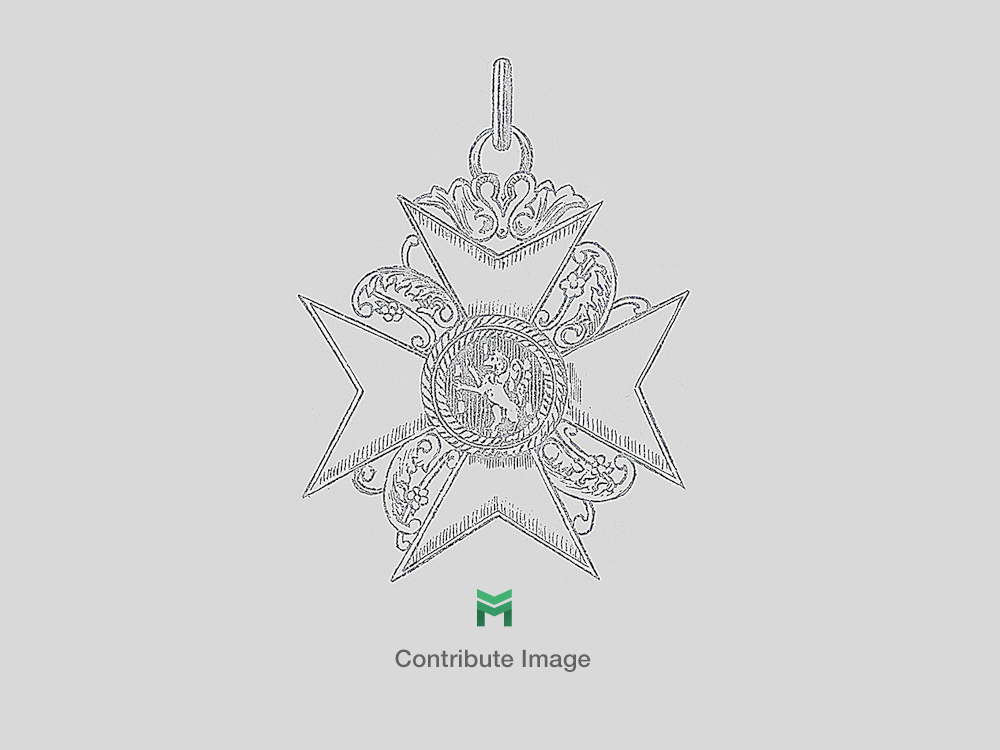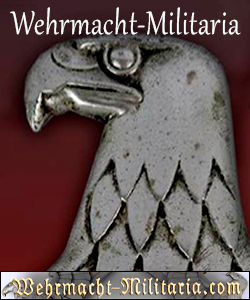Royal Guelphic Order, Grand Cross Breast Star with Swords (with diamonds)
CATEGORY: Version
SKU: 01.HAN.0102.202.01.003
Estimated market value:

Estimated market value:
An eight-rayed star constructed of silver, gold, diamonds, and enamels. The obverse centre bears a circular medallion with the image of a white horse on a red background, within a blue enamel border with the inscription "NEC ASPERA TERRENT", encompassed by a green enamel oak leaf wreath. There are two crossed swords laid behind the centre medallion. The reverse bears a vertical pinback.
The Royal Guelphic Order was instituted by King George IV, at the time the Prince Regent of Great Britain, on August 12, 1815. This was not only his father George III’s birthday, but was also the 101st anniversary of the first Hanoverian monarch, George I, ascending the English throne. The order was named after the House of Guelph, of which the Hanoverians were a branch. The Royal Guelphic Order was awarded to those who displayed acts of bravery, prudent behavior in front of the enemy, and military merit. Military personnel could also receive the civilian decoration, although this was only discussed and never applied in practice. The Grand Master of the order was always the King of Hanover, and the number of members in the order was unlimited.
From 1815 to 1841, the award was issued in three classes: Knight Grand Cross, Knight Commander, and Knight. From 1841 onward, the award was issued in five classes: Knight Grand Cross, I Class Commander, II Class Commander, Knight, and Cross of Merit. The grades of this order were conferred in two divisions, the Military Division and the Civil Division. The Military Division awards feature crossed swords, while the Civil Division awards do not have swords. After the death of a recipient, the order had to be returned to the chancellery. The names and coat of arms of recipients were displayed in the castle church in Hannover. An annual festival was held every year on the foundation date of the order.
The order stopped being issued by the British Crown following the death of King William IV in 1837, at which time the union between the United Kingdom and the Kingdom of Hanover ended. The order continues to be awarded today, and the head of the Hanoverian House, Prince Ernst August is the current chancellor.

Comments
Sign in to comment and reply.


Scroll Top